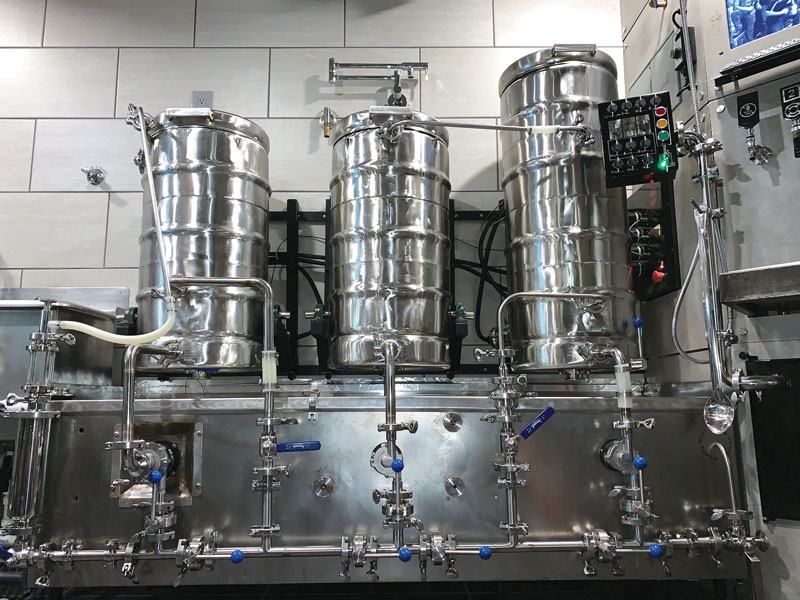Mr. Wizard
All-In-One System Designs
Luiz, thank you for the great question. I do brew using a Grainfather G30 and am familiar with how the original system is designed, as well as the new basket. For those
Measuring/Hitting FG
Well, Barney, this question touches on two separate pain points in brewing — measurement challenges (calibration) and final gravity issues. One of my brewing touchstones is to always give instruments a serious
Temperature impact on pH
I think the best way to explain this is to start with a brief discussion about pH and why temperature affects it. pH is a measure of hydrogen ion concentration using a
Lagering at Cellar Temperatures
The textbook answer to a question about the traditional lagering method is that lager beers are fermented at temperatures ranging from 46–54 °F (8–12 °C), often in open fermenters, until beer is
Dip Hopping Contact Time
Much of what is known about dip hopping comes from the brewers at Kirin Brewing who developed the method. The method adds hop pellets before fermentation where the hop matter remains in
Pouring Beer on Nitro
When it comes to pouring stout, there is a clear gold standard to match: That’s Guinness. A brief review of a few key things known about Guinness draft stout helps troubleshooting. According
Dip hopping further explained
A. It’s not often that we receive two questions related to the same topic at roughly the same time. Seems that the stars are aligned, and inquisitive brewers are again interested in
Subbing DME for LME
Both DME and LME are great options for homebrewers looking to brew without the hassle of mashing. In general, DME has a longer shelf life than LME because of its lower water
Brewing With Fonio
Fonio caught the attention of Garrett Oliver of Brooklyn Brewery in 2019 by way of a TED Talk, “A Forgotten Ancient Grain that Could Help Africa Prosper,” presented in 2017 by Senegalese
Avoiding Dough Balls
Dough balls are an undeniable nuisance to brewers of all sizes because the malt in the dough ball is not wetted and does us brewers no good. Unless you are stirring with
Brewing in remote regions
From time to time, I take space in my column to write about something timely and exciting to share. Wilco’s dilemma is a challenge for me because there is a limit to
Stressing yeast to increase phenolics
This is a great question that is perfect for a short answer. Contrary to my love of marching to my own beat, I do believe in following supplier suggestions. I would start
